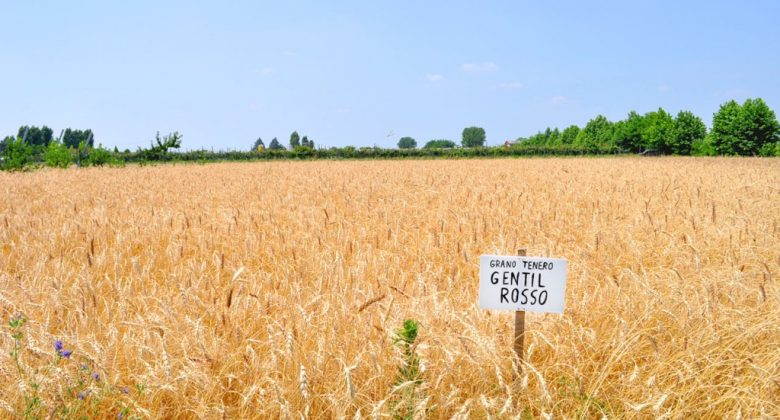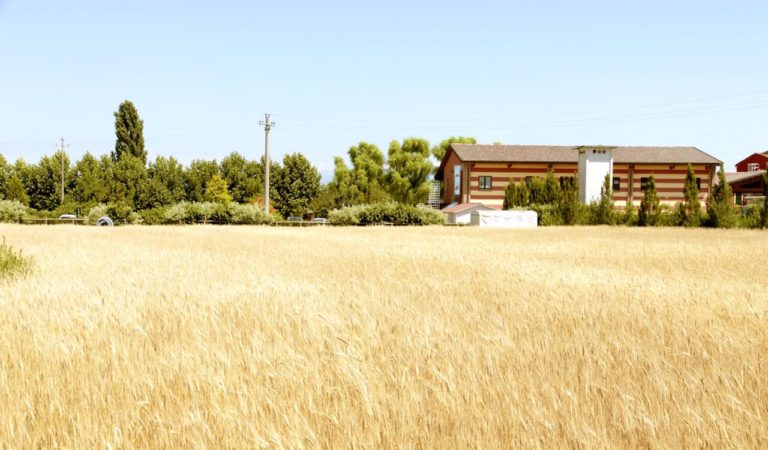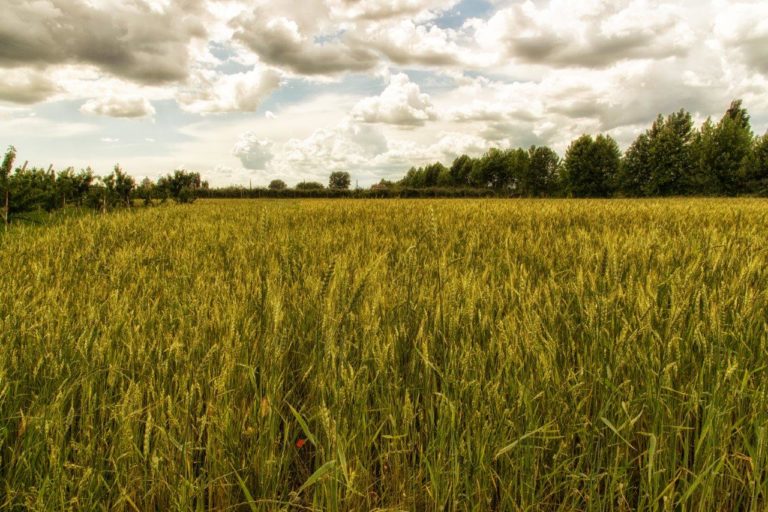The Gentil Rosso is an ancient variety of wheat, it was cultivated in Italy in early 1900 and was for 30 years the most wheat grown across the peninsula. It is a fairly high spike with a reddish color when ripe.
It was replaced in favor of more productive grains with a lower ear. Like all ancient grains, it has a good protein content, but little gluten, so at the level of bread development it is less than modern grains, but we will have a well-scented and tasty bread. You can also make focaccia and pizzas, bearing in mind that it is a fairly dark type 2.
A study on European varieties of soft wheat (comparison between 36 modern and 50 ancient cultivated up to a century ago) highlighted a greater presence of gliadins responsible for celiac disease in modern varieties compared to ancient ones ( Van de Broeck et al., 2010 ) .
The University of Florence has conducted experiments on old varieties of wheat in organic cultivation. During the crop cycle no nitrogen fertilizations were applied and in these agricultural conditions, the ancient varieties compared to the modern ones seem to express themselves better, both in terms of yields and of total protein content.
The new varieties, precisely because they are selected for a type of intensive agriculture, require high amounts of chemical fertilizers in order to increase the protein content, which is also less digestible and less balanced from a nutritional point of view. In modern grains, the selection has been oriented towards increasing the content of tenacious gluten, or those glutenins that resist well to industrial processing of bread, maintain the structure but are not very digestible.
The difference between modern and ancient varieties in terms of protein content lies not in the quantity but in the quality and variety of proteins: in ancient grains there is a wide range of different, digestible and nutritious proteins.
On the contrary, in modern wheats there are few types of proteins optimized for industrial processing and lacking from a nutritional point of view; therefore difficult to digest. Furthermore, the ancient varieties are particularly rich in mineral salts and secondary metabolites.





